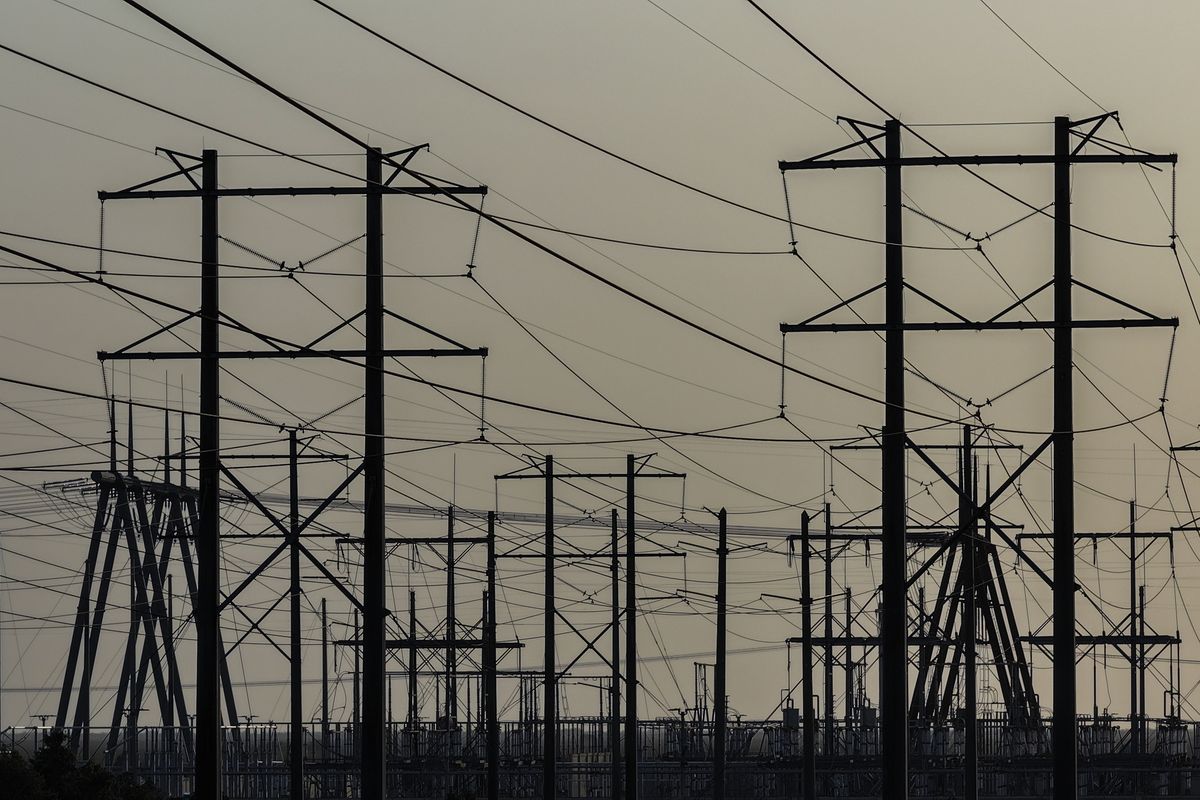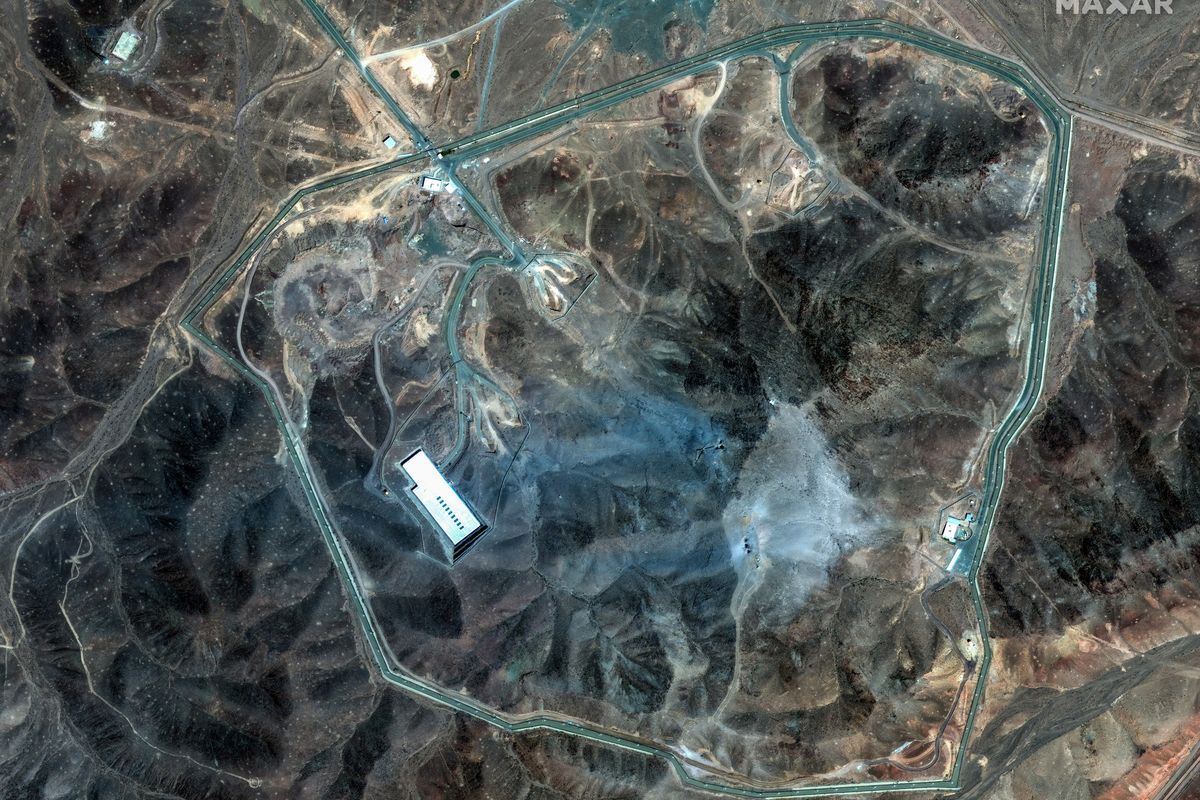‘The Homeland’ is bringing you a series of candid, intimate interviews with former Secretaries of the Department of Homeland Security throughout the month of October.
DHS was born out of 9/11, when 23 different agencies were pulled into one department in an effort to provide greater organization and communication in the government’s ability to address threats to the homeland.
This week, former DHS Secretary Tom Ridge weighs in on the ways that homeland security has evolved since it was created in the aftermath of 9/11 and what is now the greatest threat the country faces.
On September 11, 2001, I was serving my second term as governor of Pennsylvania. In the days after the terror attacks, I was asked by President George W. Bush to join his administration in the newly created role of Assistant to the President for Homeland Security. And in 2003, President Bush tapped me to lead the creation of our 15th cabinet department as the first secretary of the U.S. Department of Homeland Security.
Initially, we viewed homeland security as defending our sovereign territory from physical, transnational terror threats. This included priorities such as facilitating the flow of goods and people across our borders, instituting layered security at air, land, and seaports, developing a unified national response and recovery plan, protecting critical infrastructure, integrating new technologies, and improving information sharing among agencies and between governments. But as time progressed and multiple agencies were combined and formally transitioned into the Department, we recognized that natural disasters and other mass-casualty events must be treated as a priority as well.
Maintaining a high-level of national preparedness to respond to and recover from terrorists’ threats became more challenging every day. The profile of potential terrorists changed as did their methods of attack. We routinely exercised our regional and national response plans and capabilities. The original mission of the Department has never changed, but it has become far more complicated.
In the early days of the Department, we focused our efforts on four domains, just as our military has done historically: land, air, sea, and space. However, with the ever changing and more complex threat environment, the newest domain, the digital domain, may pose the greatest risk.
As a nation, we have defined policies and well-developed plans to identify and respond to physical threats across all four traditional domains. We are not as well prepared to counter threats to our economic or national security from digital assaults. The cyber domain is limitless in nature and will only continue to evolve. Cyber actors, whether they be nation-states, organized crime groups, terrorists, or hacktivists, can execute an attack from half-way around the world using new variations of malicious code to shut down critical infrastructure operations, steal intellectual property and trade secrets, or access personnel records. The ubiquity of the internet is its strength. The ubiquity of the internet is also its weakness. The threat is global since the attack can be launched from anywhere at any time.
Historically, our adversaries have been nation-states: China, Russia, Iran, North Korea, and Syria. But now we face new threats from bad actors who hide behind the anonymity of the internet motivated by disruption, sabotage, theft, and espionage. These new threats come in the form of socially engineered phishing campaigns, denial-of-service attacks, and foreign election influence using social media. The threats are posed by “cyber soldiers” who are asymmetric fighters and eschew traditional battlefield strategy and tactics. They camouflage their identity and activity in the vast, open, and often undefended reaches of the internet. The cyber war—and that is exactly what it is, an undeclared war against many aggressors—permeates the world. America has certainly been a casualty and will remain the primary target.
Despite the progress that has been made, the information sharing environment is not where it needs to be. The effective and efficient flow of information depends not only on the Department communicating within, but also on the sharing of information with other federal government agencies, state and local governments, and, of course, with the private sector. The public is aware of, and pays attention to, the information sharing lapses between the federal government, state and local governments, and the private sector, and recognizes that these breakdowns lead to a nation that is less safe. New organizations, such as the National Risk Management Center, are designed to help bridge this information gap between DHS, state and local governments, and industry. Horizontal sharing of timely and relevant information could not be more critical.
In today’s global society, the security and economics of the U.S. government, the private sector, and our global allies are interconnected. We must work with each other to protect one another from cyberattacks that threaten our well-being. Russia, China, North Korea, Iran, and others continue to exploit the universality of the internet. They plan, they plot, and they prey from all around the globe. Diplomatic conversations surrounding international cyber norms and deterrence may prove fruitful in time, although I remain skeptical. Therefore, the concept of active defense is something that must be developed. U.S. officials must decide which malicious activities require an elevated cyber response and who is responsible for providing it!
Without a doubt, the nation is safer today than the day I was confirmed to lead the Department of Homeland Security, thanks to the unrelenting efforts of the men and women within the Department who take pride in making this nation a safer place. In a world where we’ve gone from the challenge of defending the country from physical threats posed by radical terror groups, to defending against cyber threats posed by anyone who has access to the internet, the Department of Homeland Security has remained steadfast in its mission to safeguard the American people, our homeland, and our values with honor and integrity.














